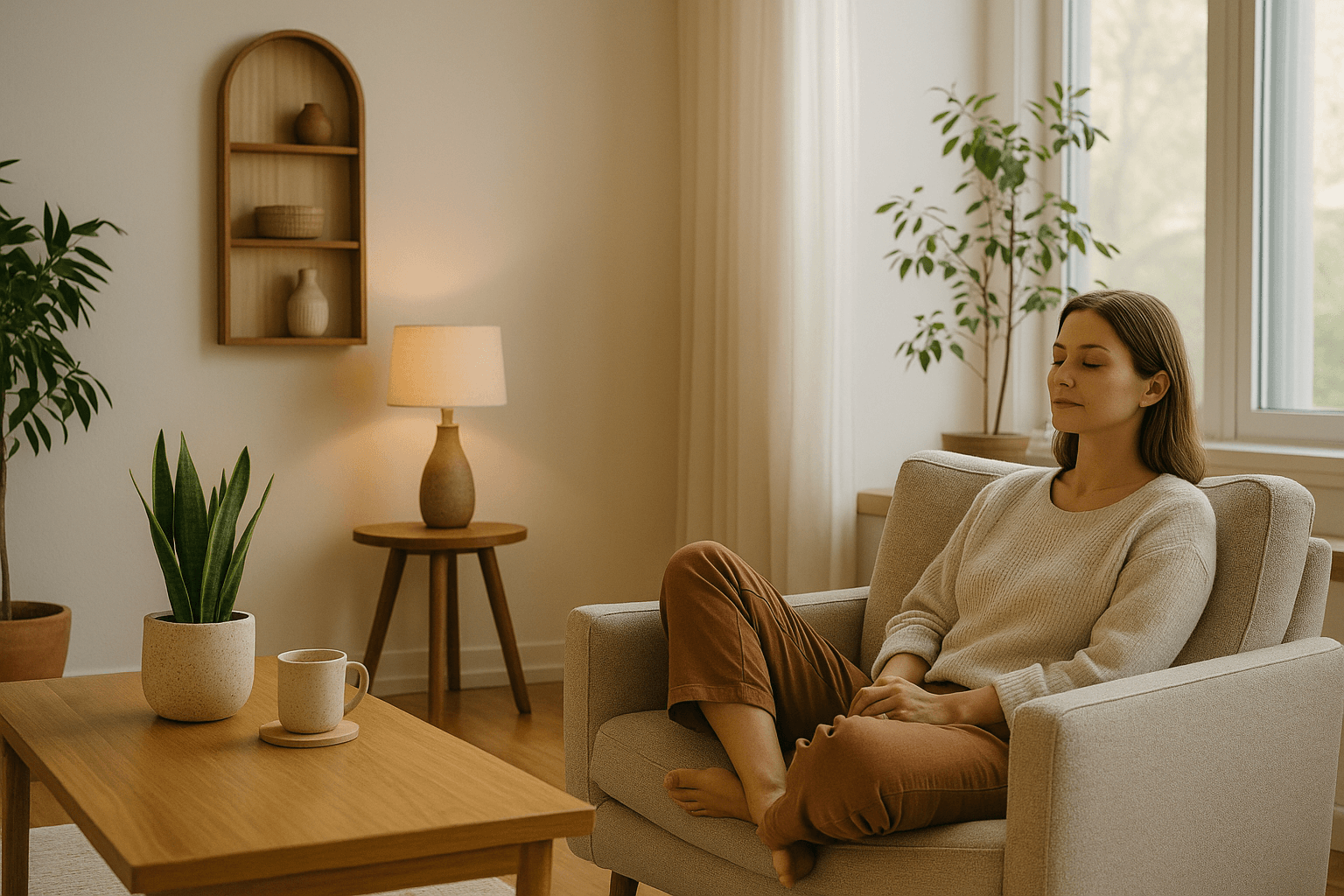In today’s overstimulating world, the spaces we inhabit play a profound role in shaping our mental health. Whether it’s a cozy home corner, a calming workspace, or a natural retreat, thoughtfully designed environments can significantly reduce stress and enhance emotional balance. The rise of biophilic design, sensory regulation techniques, and minimalist interiors all point to a growing awareness that our surroundings are not just functional—they’re therapeutic.
From natural light and plant life to soundproofing and mindful color choices, environmental psychology highlights that every element contributes to our well-being. Studies have shown that exposure to nature—even through indoor greenery—can lower cortisol levels and improve focus. Similarly, decluttered spaces with soft textures and warm lighting can reduce anxiety and promote rest.
If you’re looking to redesign your surroundings with mental wellness in mind, start by asking: how does this space make me feel? A few intentional changes can make a big difference.
Here are key elements to incorporate for a healing space:
- Natural Elements: Houseplants, water features, and organic materials create a calming atmosphere.
- Soft Lighting: Warm, dimmable lighting supports circadian rhythms and soothes the mind.
- Simplicity & Order: Clean lines and decluttered surfaces help reduce overstimulation.
- Sound Control: Acoustic panels, curtains, or white noise can buffer unwanted sounds.
- Personal Touches: Photos, artwork, or textures that bring joy or peace personalize the space.
These environments aren’t just aesthetically pleasing—they’re a proactive way to invest in mental resilience and self-care through spatial awareness.



